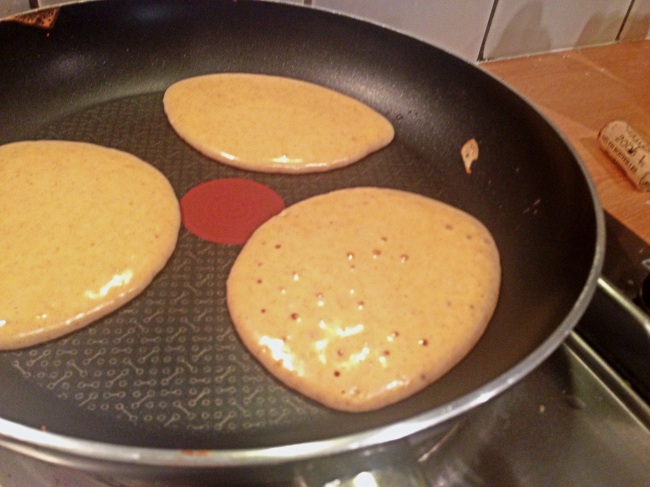 It seems like many months ago now, but recently I travelled to the Umbrian countryside with a group of friends to enjoy the (mostly) hot sunshine, (consistently) fabulous food and (vast amounts of) Italian wine.
It seems like many months ago now, but recently I travelled to the Umbrian countryside with a group of friends to enjoy the (mostly) hot sunshine, (consistently) fabulous food and (vast amounts of) Italian wine.
We arrived in the tiny airport of Perugia and easily navigated our way to the town of Citta di Castello. Driving past fields of smiling yellow sunflowers, we quickly veered off the beaten track onto more rustic territory. After an almost vertical climb up a long mountain road, down a narrow, gravelly dirt track, our little Fiat Punto just about survived its journey to the beautiful villa, Casa Ramino.
Set atop the sprawling Italian countryside, the villa easily housed twelve of us with enough room for fun and games in the vast garden and swimming pool. Perhaps more importantly, the kitchen was large, welcoming and extremely well equipped with a breath-taking view of Umbria’s luscious green landscape.
Our evenings were spent around the generously sized kitchen table, sharing huge dishes of pasta or risottos, grilled meats, Italian cheeses, fresh bread and huge salads, washed down with a bottle or two of local Chianti or ice cold rosé.
For me, cooking for twelve is easier than cooking for two. Measurements are tossed aside in favour of bold sweeping combinations of flavours, spices and seasonings, all resonating through smells, tastes and textures rather than recipes, cups and measures. It is a chance to experiment with prominent side dishes, large platters of mozzarella, pesto and basil salad or sweet, soft and crunchy panzanella. Spicy, garlicky white bean mash or a rich and creamy truffle risotto. Cooking for a crowd can be a relaxing way to wind down to an evening aperitif, a moment of solace in a busy house, culminating in a shared feast fortified by great wine and company.
(Excuse the wonky photo!)
With our remote location, and preference for mid-day drinking, needless to say we rarely ventured too far from the villa by car. Nevertheless, one sunny lunch time we took it upon ourselves to try a little local restaurant in the tiny hilltop village of Monte Sante Maria Tiberina.
Up a windy cobbled path, Oscari’s affords spectacular views over the countryside whilst serving a small but delicious range of pastas, bruschetta and grilled meats, all influenced by the local speciality tartufo (truffle).
We were confidently assured that the chicche (truffle ravioli) was the highlight of the menu and I can without doubt urge you to travel there and try it. A rich and creamy sauce, enveloping perfectly al dente pasta, moulded around an almost meaty, satisfyingly savoury, truffle filling. You would be hard pushed to find a more idyllic meal in a more idyllic setting.
We also tried truffle gnocchi, wild mushroom ragu, pan-fried veal, griddled lamb and truffled steak. All of which were faultless.
Unfortunately, and with my apologies, the chicche is the only one you will see a picture of as we demolished dish after dish without hesitating for photographs.
After a wonderfully leisurely lunch, we walked off our over indulgence by exploring the little mountain village and all the views it had to offer us (walked off may be a slight exaggeration). Before heading back to the villa for a glass of rosé.
This holiday has certainly inspired me to dig out my pasta machine. Once my kitchen has changed location I hope to put my Italian inspiration to good use. Watch this space…!



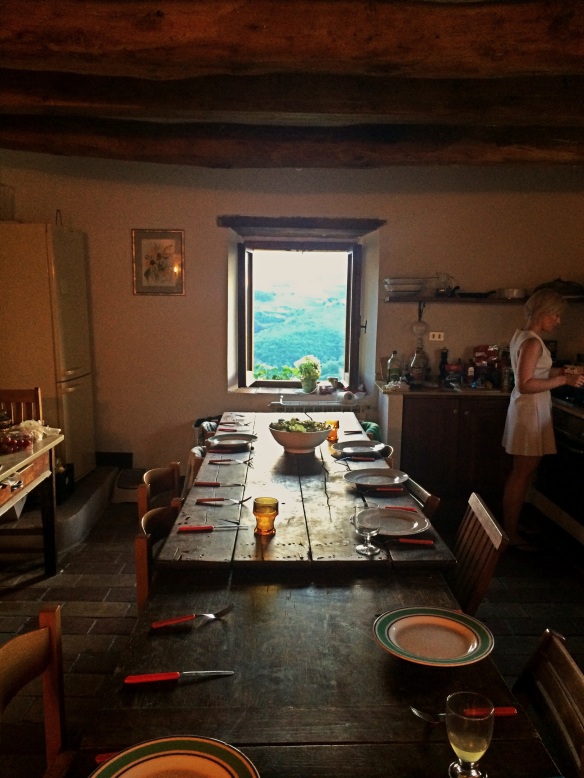









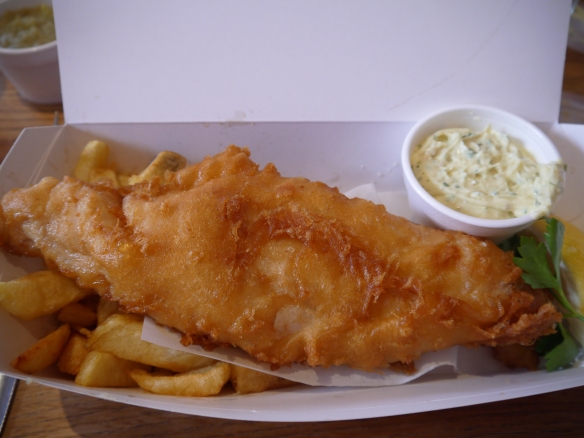




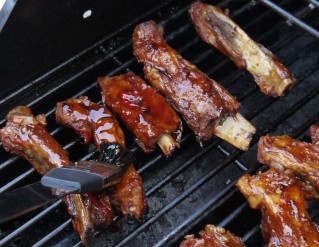




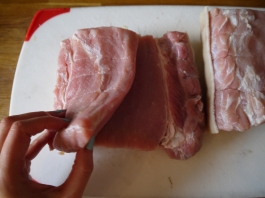

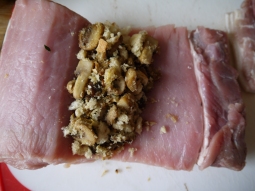


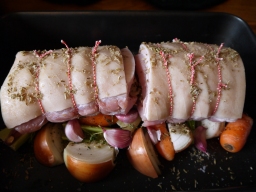 Lightly crush the fennel seeds with 2 teaspoons of course salt and rub into the pork skin. Scatter the tray with the remaining garlic cloves, unpeeled.
Lightly crush the fennel seeds with 2 teaspoons of course salt and rub into the pork skin. Scatter the tray with the remaining garlic cloves, unpeeled. 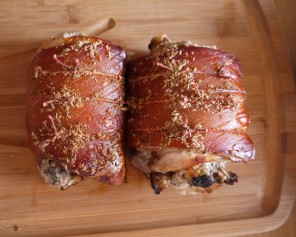 Once cooked, remove from the oven. Your pork will be done but the crackling will need a final blast. Remove the string and carefully cut away the crackling. Place on a baking tray and back into the oven at 220°C for 20 minutes whilst your pork rests under some foil.
Once cooked, remove from the oven. Your pork will be done but the crackling will need a final blast. Remove the string and carefully cut away the crackling. Place on a baking tray and back into the oven at 220°C for 20 minutes whilst your pork rests under some foil.
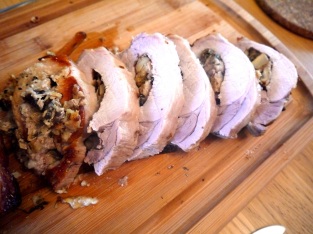











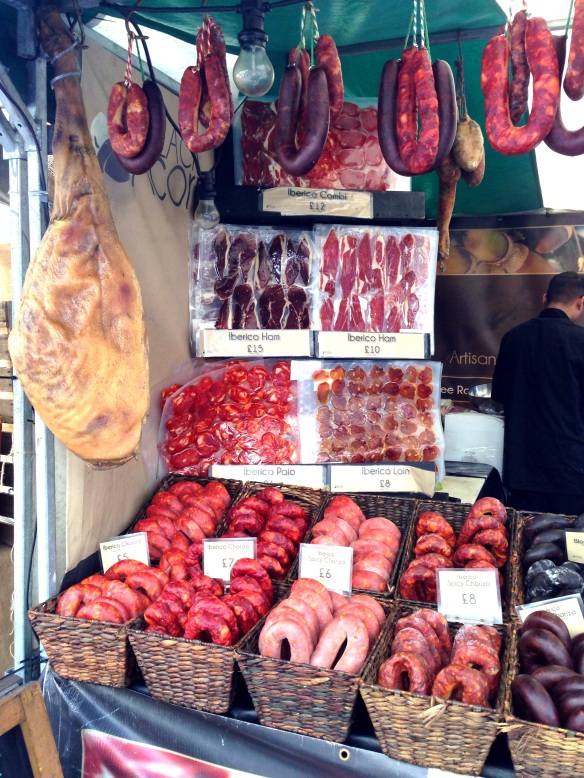






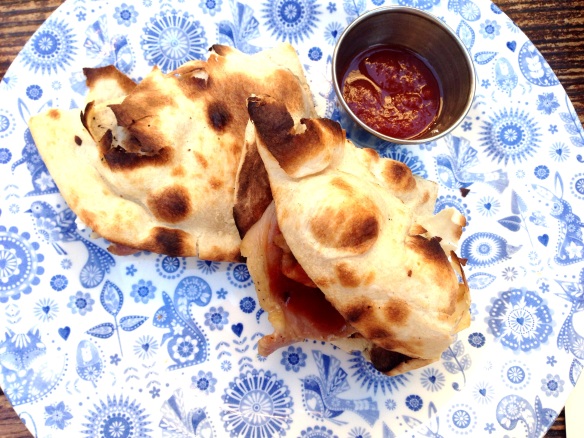



 Lightly score the skin of the meat with a sharp knife (I had my butcher do this for me due to a lack of sharp knives), making shallow cuts just a few millimetres deep and a couple of centimetres apart. Rub half the spice mix all over the lamb, taking care to push it into the cuts and rub it underneath the joint too. Place in a large roasting tin and into the oven for 30 minutes.
Lightly score the skin of the meat with a sharp knife (I had my butcher do this for me due to a lack of sharp knives), making shallow cuts just a few millimetres deep and a couple of centimetres apart. Rub half the spice mix all over the lamb, taking care to push it into the cuts and rub it underneath the joint too. Place in a large roasting tin and into the oven for 30 minutes.
















